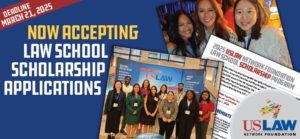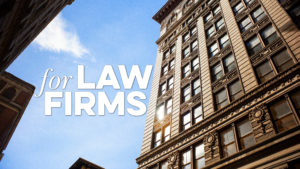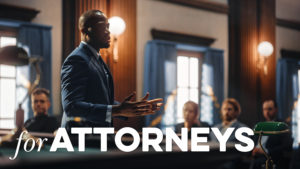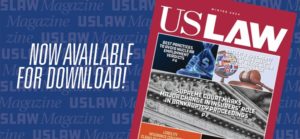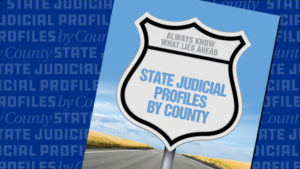Immersion Legal Jury LLC, a nationally based jury consulting firm, has been named the official jury consulting… Continue Reading
Dysart Taylor’s Wilcox and Litecky obtain summary judgment for a client in a negligence action
POSTED NOVEMBER 1, 2024
Dysart Taylor directors John Wilcox and Meghan Litecky obtained summary judgment in favor of a motor carrier and its driver in a negligence action in which Plaintiff claimed damages of $20M.
In 2020, Plaintiff was a passenger in a vehicle driven by her roommate (“Driver”). The two were traveling on I-70 from Colorado to their apartment in Wichita. Near Hays, Kansas, their vehicle was pulled over by a highway patrolman for suspected traffic violations. During this encounter, the trooper announced that he smelled marijuana coming from the vehicle. Shortly thereafter, Driver and Plaintiff sped off. This resulted in a high-speed chase on eastbound I-70, involving several troopers, that reached speeds of 120 mph.
Thirty-eight miles into the chase, Driver attempted to avoid a tire deflation device and crossed the median, where she entered westbound I-70. Driver and Plaintiff did not stop but continued to flee, traveling east on westbound I-70. After nearly colliding head-on with several vehicles, Driver lost control of her vehicle, which then began spinning before striking the westbound tractor-trailer. Plaintiff sustained catastrophic injuries.
Plaintiff brought suit in Kansas state court. She alleged that the truck driver, who was delivering a shipment from Kansas to Washington, was negligent for failing to avoid the rental car. She alleged that the motor carrier was vicariously liable for the negligence of its driver and was further liable under theories of negligent hiring, supervision and training.
Plaintiff relied heavily on the opinion of her “expert,” who opined that according to “industry standard” the truck driver should have veered to his right rather than his left.
Dysart Taylor’s team of John Wilcox and Meghan Litecky filed a motion for summary judgment. In granting the motion, the court accepted the argument that there was no foundation for the expert’s opinion. Further, the court accepted the argument that Plaintiff was engaged in a joint enterprise and criminal conspiracy at the time of the wreck. Given this, the court concluded that Plaintiff’s actions and the imputed negligence of Driver were the proximate or legal cause of the accident.

